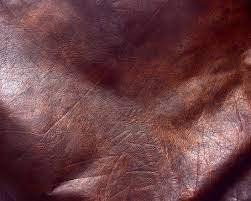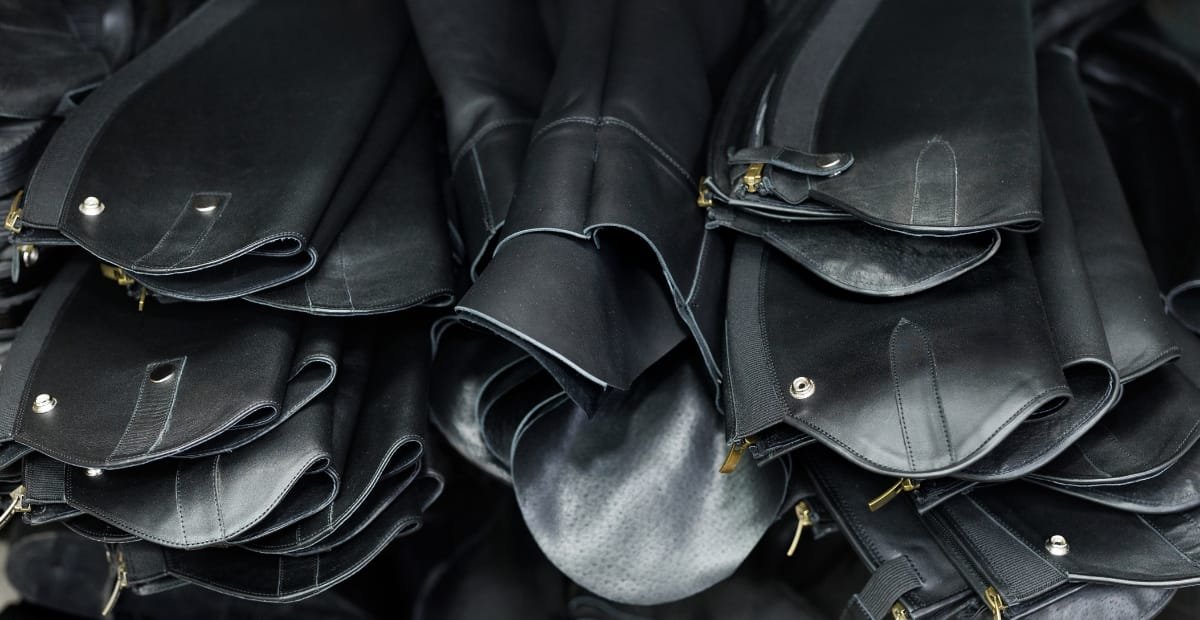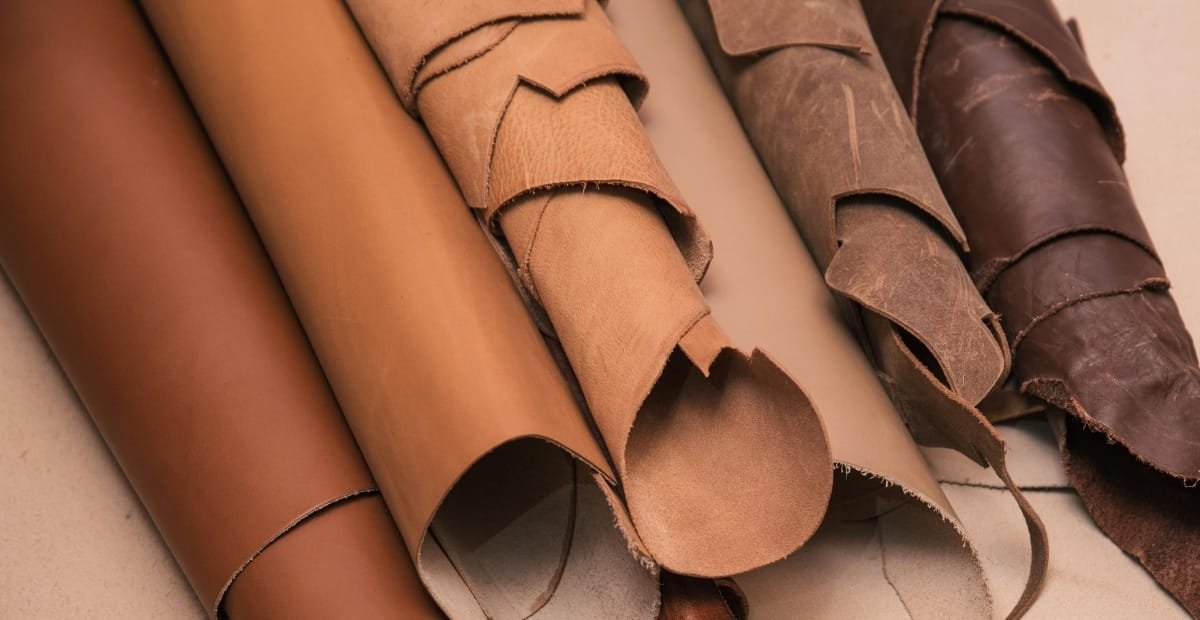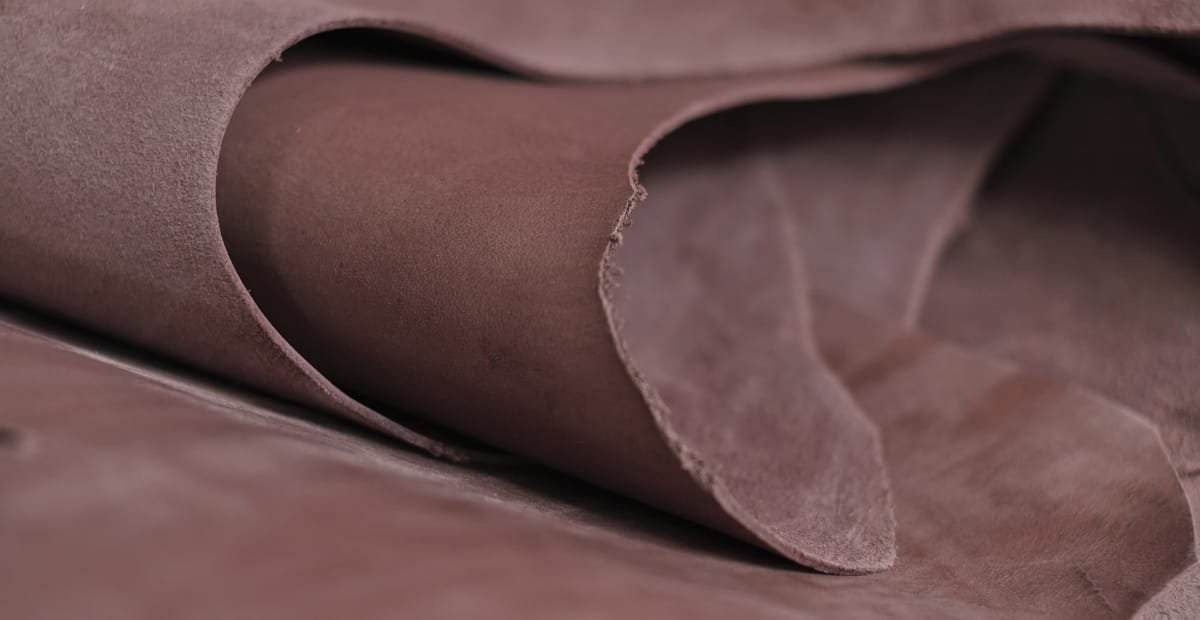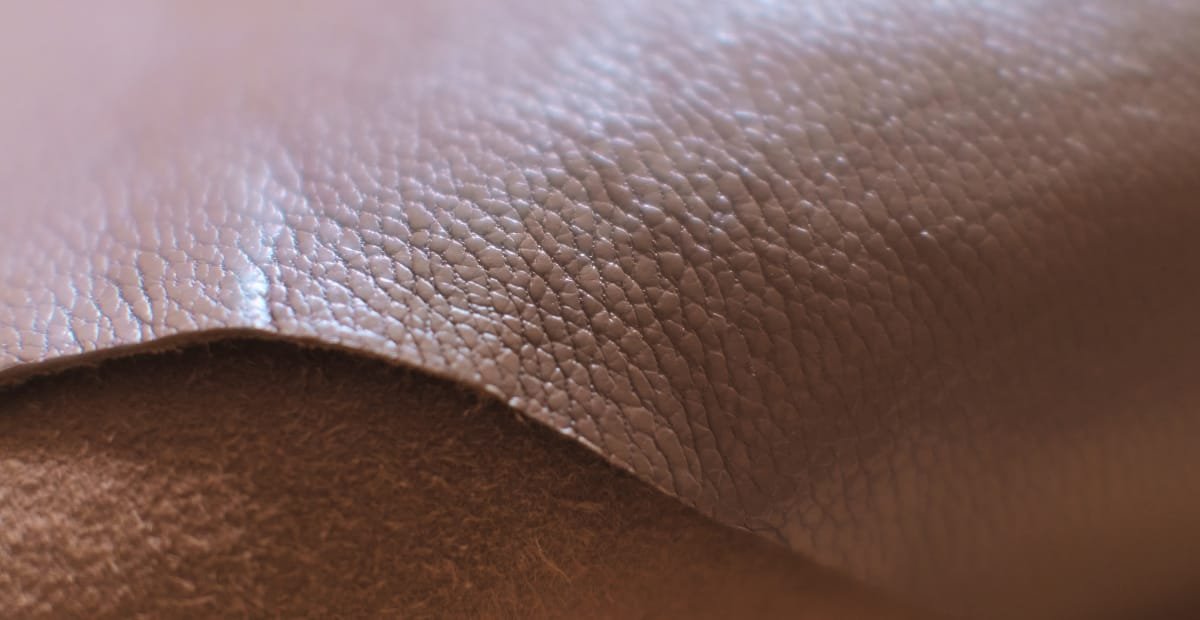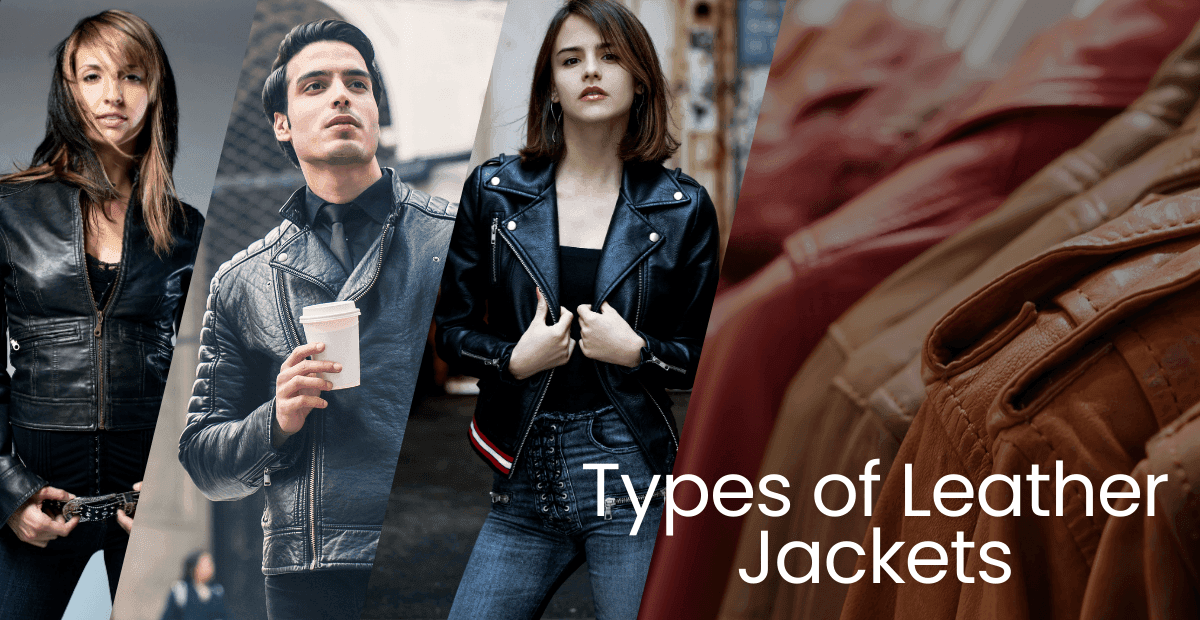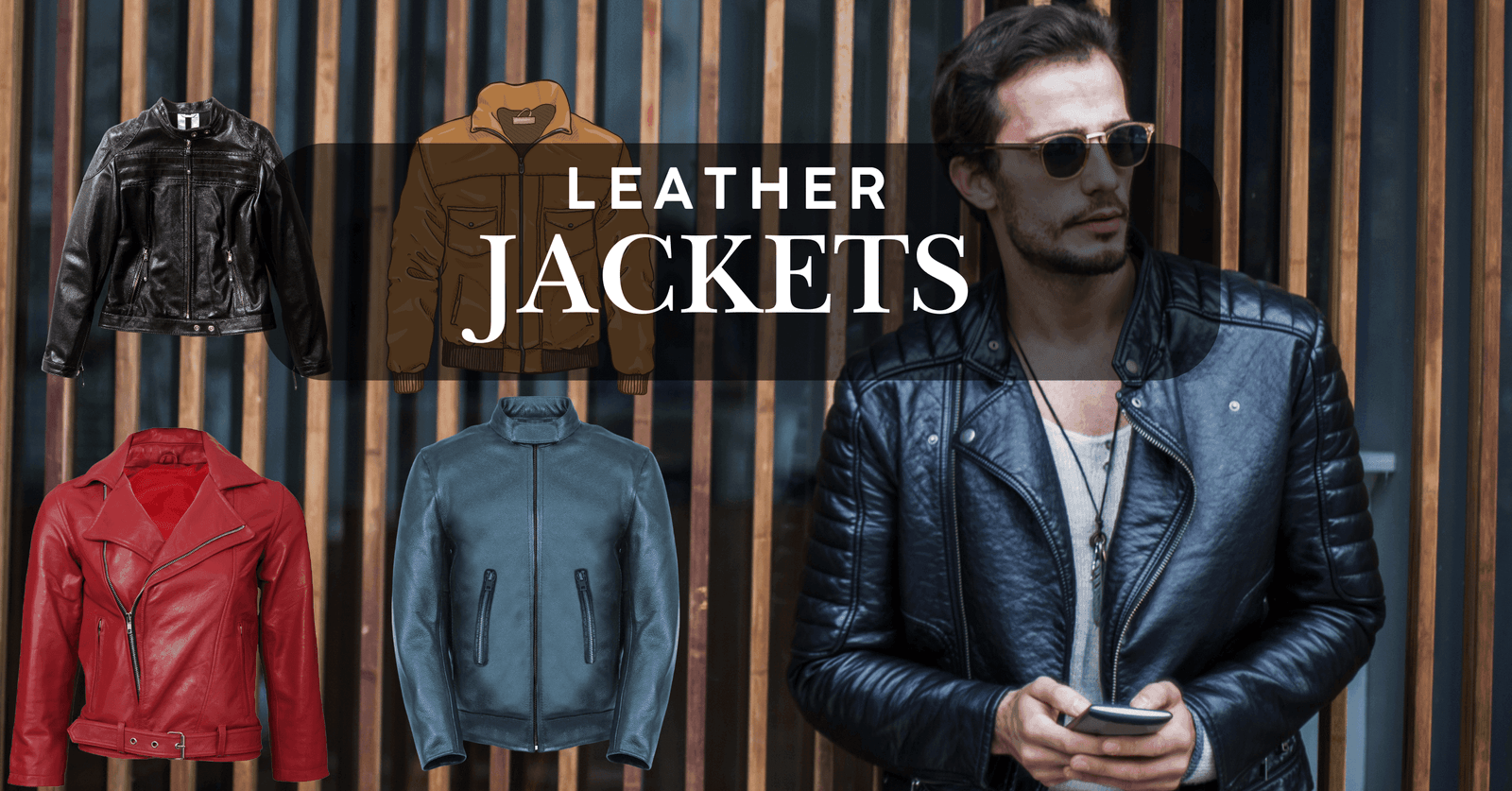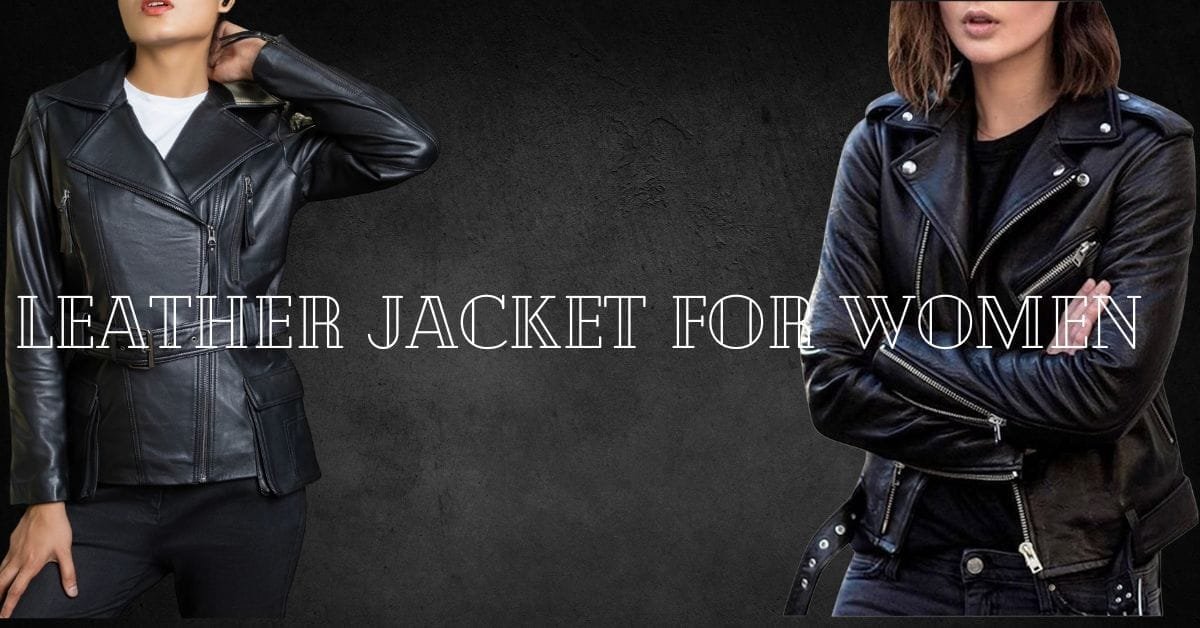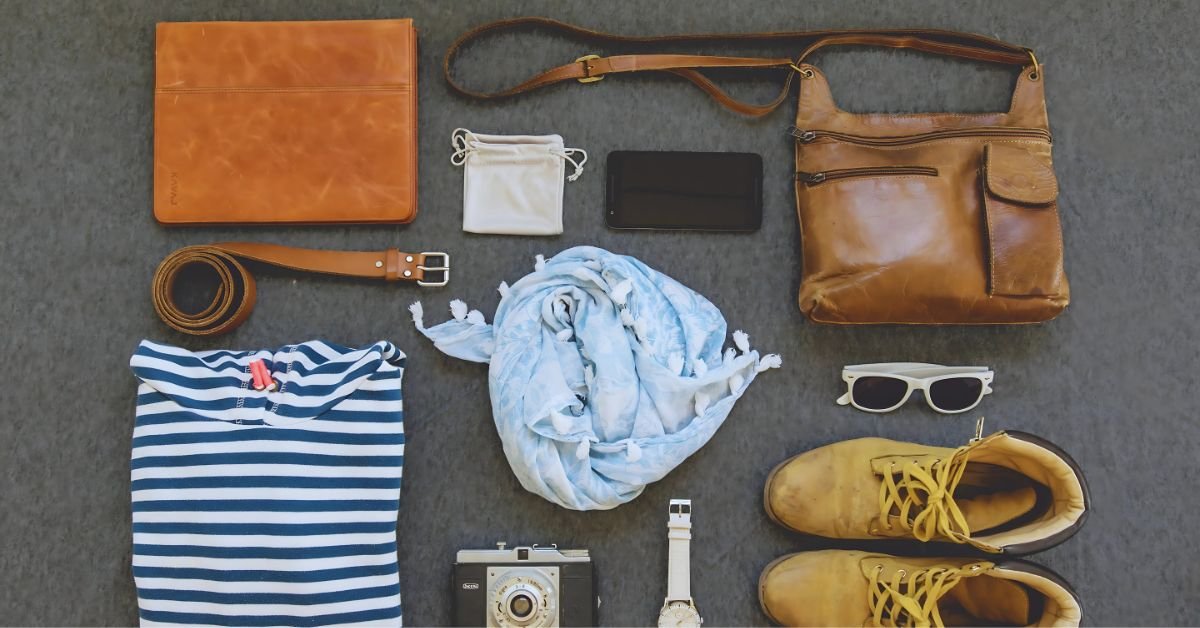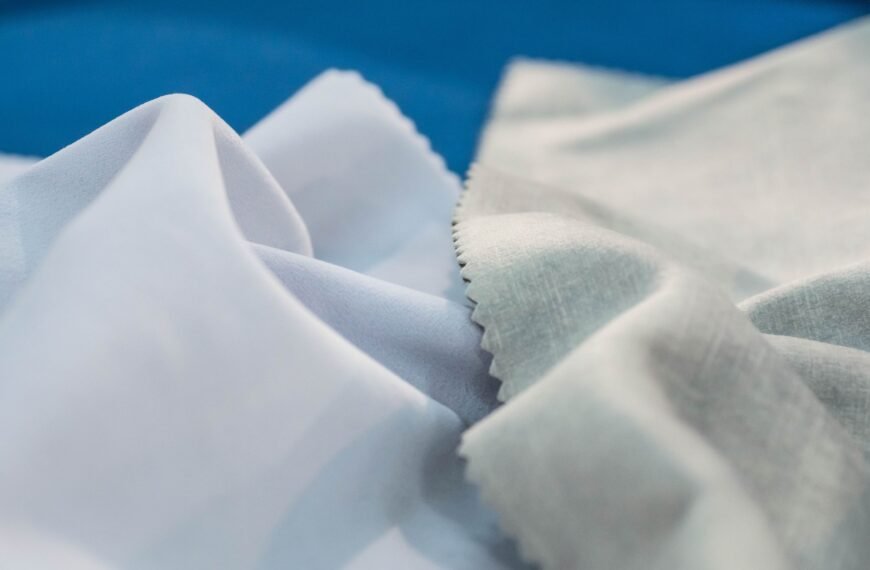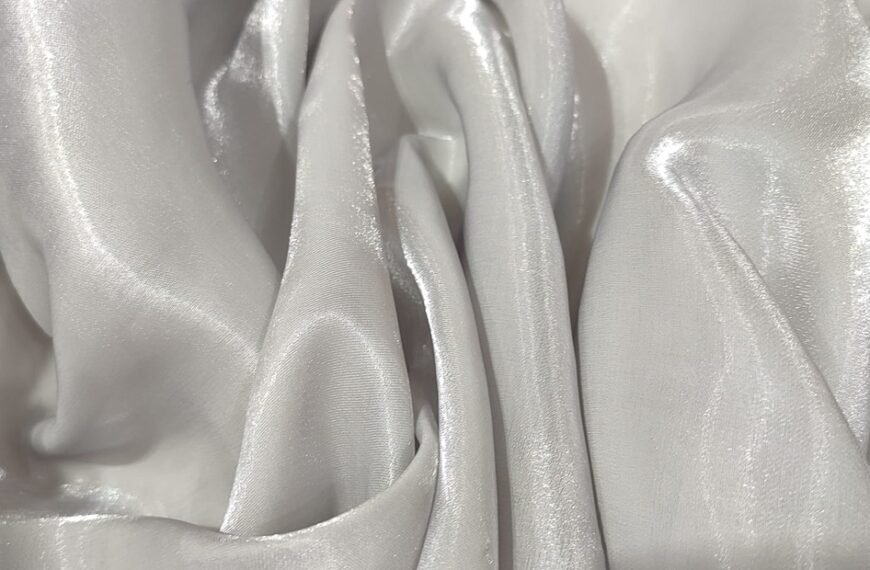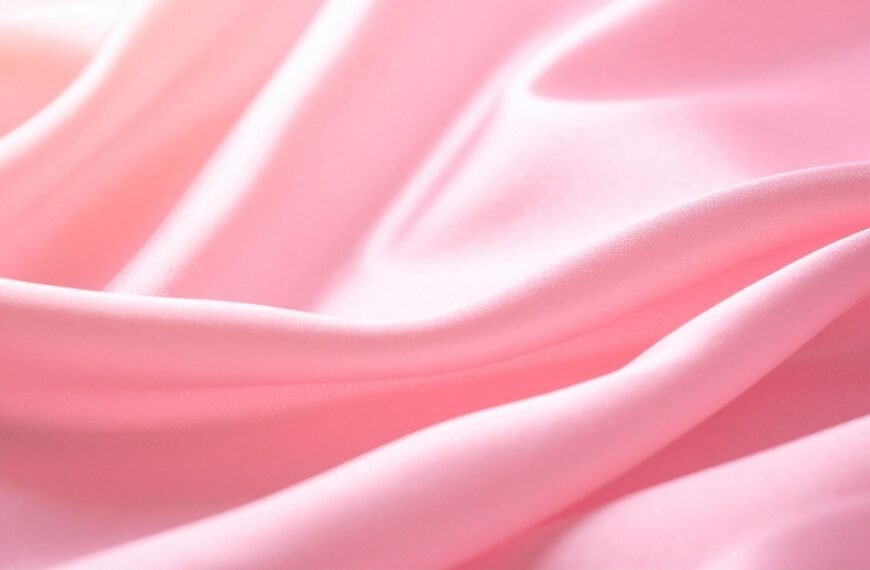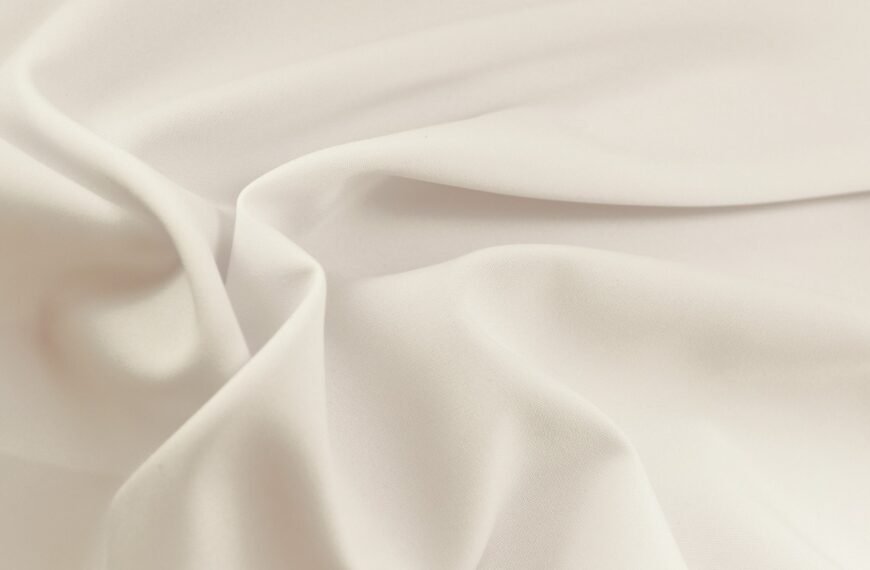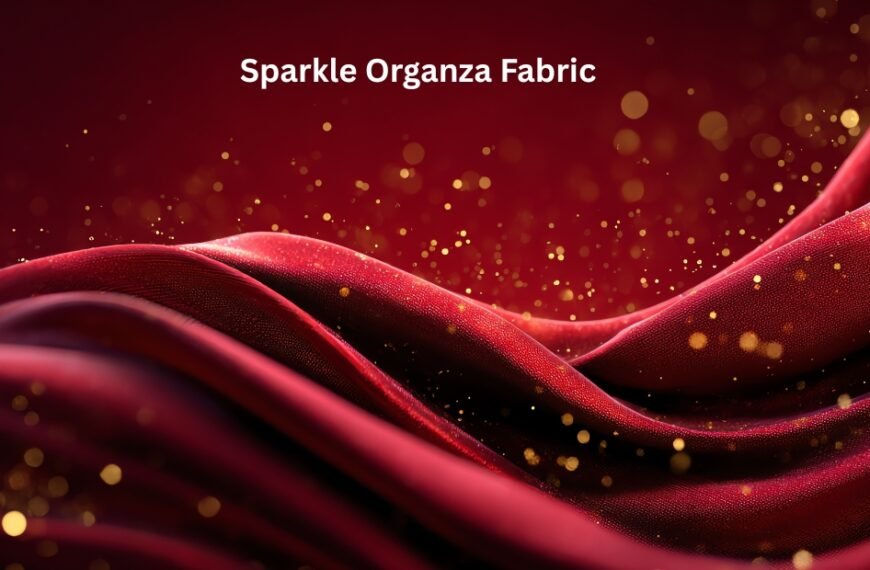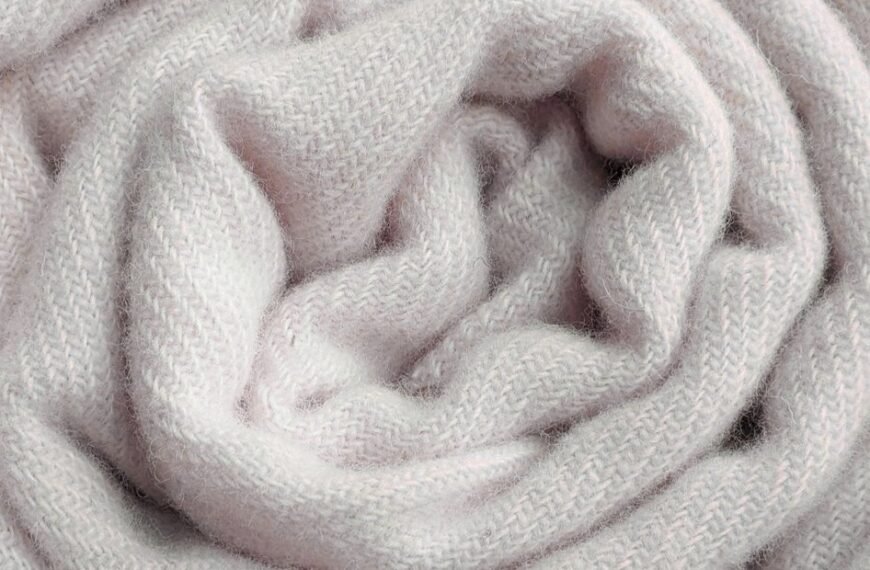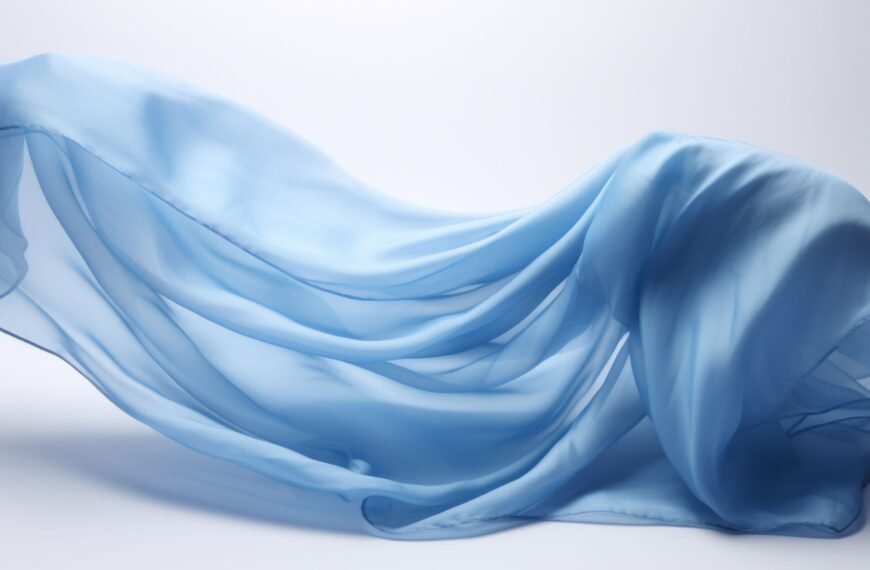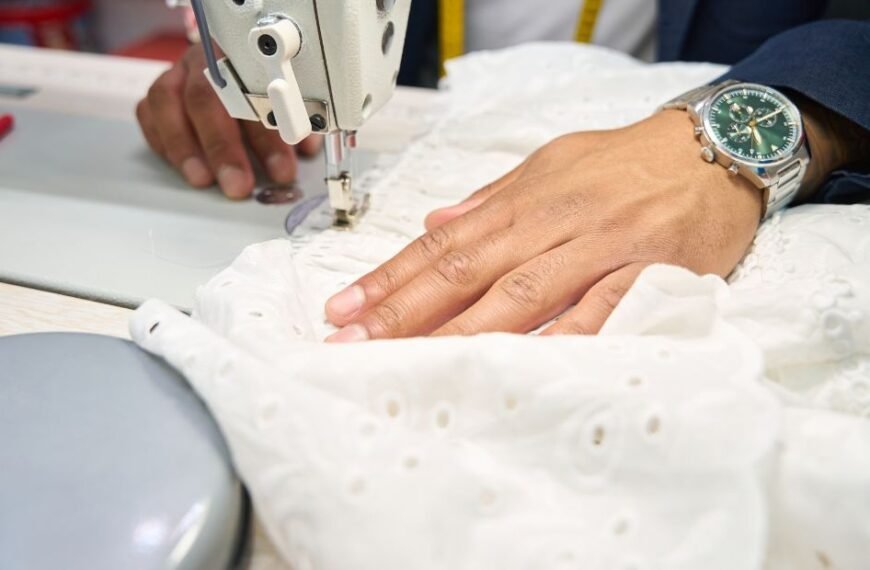Leather has always been a symbol of luxury and strength, and its versatility makes it a choice for many. Of the different types of leather, genuine leather is probably the most recognizable and accessible. But what is ‘genuine leather’, and how does it differ from types of lather such as full-grain leather and top-grain leather?
We have covered everything covering the quality and durability of genuine leather, its types, and how it compares to other materials so that you can decide for yourself which is the best in our detailed guide below. You will find this guide useful whether you are looking to buy leather goods for fashion, furniture, or anything else.
What Is Genuine Leather?
Genuine leather refers to real leather, usually from an animal such as a cow. It is widely used in customary leather goods such as wallets, handbags, shoes, and even belts. However, the term ‘genuine leather’, while can be seen in many places, is often misused as well. True leather, by definition, is the lowest quality in leather, considering the method of production used to derive it.
With the leather industry, the word “genuine” describes leather made out of the leftover portions of the hide. The genuine layer of a hide is usually taken from the middle portion, also known as the meat split, where it is further worked upon by treating and dying to achieve a product that can be used on a daily basis.
Leather manufacturing process
In order to define the durability and genuinity of the leather, it is important to understand its making. The process begins with the selection of animal hides, the most commonly used is a cow’s hide, but goats, pig and other animals skin are also used.
Once the desired hide had been picked, it then has to go through the cleaning process, soaking, and then tanning to preserve the hide. Tanning is a method of converting raw hide or skin into leather using chemicals or other natural substances. Once the hide completes the tanning process, it goes to a finishing process that alters its appearance, color and texture.
For genuine leather, the hide is usually split into several layers. The top full-grain layer of leather that has the highest value is the most durable and strongest and is utilized in in the production of top grade leathers such as full grain or top grain leather. The rest of the divisions which would be of lower durability engrain leather would be used for this leather.
Qualities That Define Genuine Leather
Several distinguishing features set genuine leather apart from other types of leather. Below are a few attributes often associated with this leather:
Thickness and Durability
As a result of being sourced from the middle layers of a hide, authentic leather tends to be thinner and much less durable as opposed to full grain or top grain leather. Wearable authentic leather does exist; however, it is a lot less durable than one might expect, especially when maintenance is not at its best.
Texture and Appearance
Authentic leather, unlike the rest of its counterparts, possesses a smooth texture; however, it cannot able boast of unique grains and markings which top tier leather types do. Rather than full grain leather, which uses the untouched segments of the hide, this leather uses a more uniform segment which is freed from blemishes, leading it to possess a more blended appearance.
Affordability
Genuine leather being affordable is one of the highly promoted attributes. Due to it being sourced from the middle layers of a hide, it becomes a lot less expensive to produce when compared to top tier leather types. Because of that, this leather products are frequently on sale which makes them an appealing purchase for those on a budget.
Flexibility
Compared to full-grain leather, genuine cowhide leather is much more flexible and pliable. Right off the bat, it is more supple and easier to break in than other leathers. That is why it is highly preferred for jackets and bags where comfort is a top priority.
Maintenance and Care
Genuine leather, like any other kind of leather, needs to be maintained well to retain its form and longevity. With use, it is sure to acquire some sort of patina but it will not be as deep or eye cuaghting as the one found on full grain leather. To increase durability, leather goods should be cleaned and conditioned regularly, and most importantly, stored away from direct sunlight.
The Advantages and Disadvantages of Genuine Leather
Genuine has few strengths as well as weaknesses. Let’s take a look at some of them.
Benefits of Genuine Leather:
this leather is simply the most cost effective option, unlike full grain, it has a much more economical price.
Wears well
this leather suits a broad spectrum of items such as bags, shoes and even wallets.
Comfortable
While many leather products need break-in time, this leather tends to be more comfortable off the shelf.
Great for Regular Use
Genuine leather is perfect for everyday use. It is low in price and very durable, making it great for shoes and belts.
Cons of Genuine Leather
Lacks Durability when Compared to Full Grain: Genuine leather deteriorates faster than full grain and top grain leather. Because of this, it succumbs to wear and shows signs of aging quickly.
No Patina
Even though genuine leather can develop a patina over time, it doesn’t have the various attributes that full grain leather possesses.
Increased Risk of Damage
Genuine leather is much softer, meaning it is more vulnerable to getting scratches, stains, and other types of damage.
How Does Genuine Leather Stack Up Against Full Grain and Top Grain Leather?:
Being well informed about the differences between genuine leather, full grain leather, and top grain leather, will help you make an aware decision when buying leather products. Let’s look more closely at genuine leather, full grain leather, and top grain leather.
Genuine Leather Versus Full Grain Leather:
Full Grain Leather: It is made of the upper layer of the hide which includes all aspects of the hide like flaws, grain patterns, and frightful scars. Full grain leather is the most resilient type, offers greater strength and long term durability to the user, and gracefully changes over the years with patina development.
Genuine Leather. It is made from the lower or middle parts of a hide, so it is thinner and has lower durability in comparison to full-grain leather. It also doesn’t age as beautifully compared to full-grain leather, but it is cheaper.
Genuine vs Top-Grain
Top-grain leather. Compared to genuine leather, it is more durable and developed from the top layer of the hide after correcting the defects. It is the second-least quality, yet it can still develop patina over time.
Genuine leather. It is developed from the mid-layer of the hide, making it thinner, less durable, and more affordable. It doesn’t develop a patina like top-grain leather.
Why Choose
Genuine leather may not be as durable as top-grain leather, but it still is advantageous in its own regard. Any person or organization that is looking for genuine leather products while not spending too much will benefit from it.
Affordable
For people that want real leather but do not want to spend too much, Genuin leather fulfills those criteria.
Soft & Comfortable
Ensure proper fitting for clothing items as they are made for wearing right after purchase.
Good for Everyday Use
Real leather is reasonably priced and is tough enough to be used on a daily basis.
How to Look After Real Leather
Like any leather product, certified leather has to be looked after properly so that it lasts for a considerable period of time. Here are some simple tips for maintaining your genuine leather items.
Clean Regularly
For loose dirt, a damp cloth tumbler should be used, while a leather cleaner should be used for deep cleaning.
Condition the Leather
Real leather should also be conditioned, it can dry out too. Use a leather conditioner to preserve the softness of leather.
Protect from Water
Leather is prone to warping or damage from water. Therefore, real leather items should always be kept away from water.
Store Properly
It is best to store leather items in cool and dry places when they are not used to prevent loosening or warping of the leather.
Conclusion: Is Genuine Leather Right for You?
Real leather is a wonderful and practicality because of the price difference from authentic leather. The cost and comfort with quality achieved make it good for daily use in shoes, belts, bags and wallets.
While genuine leather might not be as luxurious as full grain leather or top grain leather, with proper maintenance, it performs quite well. If you do not have much to spend, or need something that breaks in easily, then this type of leather might be ideal for you.
As we have established earlier, what type of leather is best for you can only be determined by your specific requirements, likes, and budget. Knowing the attributes, advantages, and disadvantages of genuine leather helps you tailor your choices to serve your style in the most appropriate ways.
